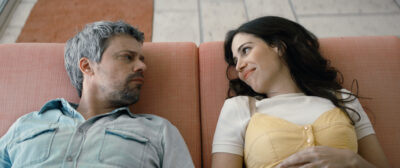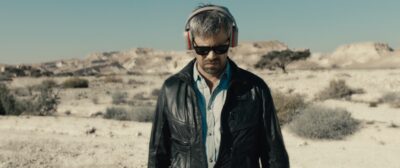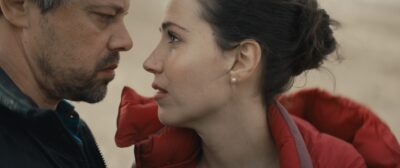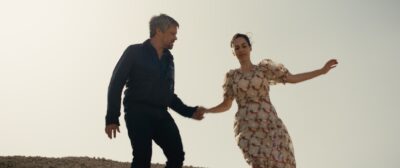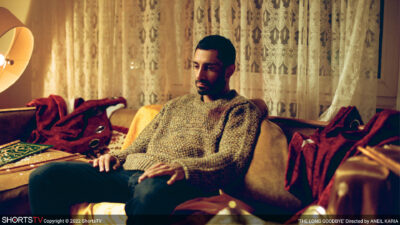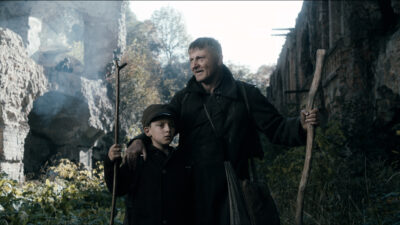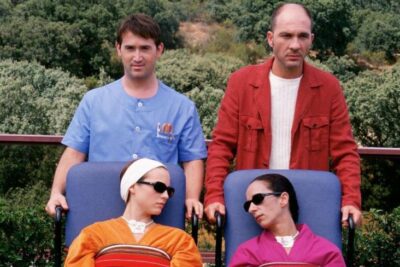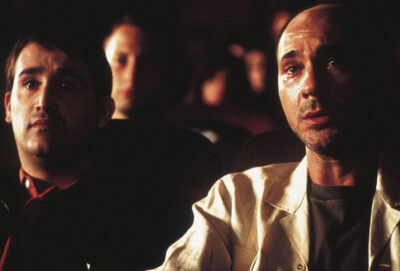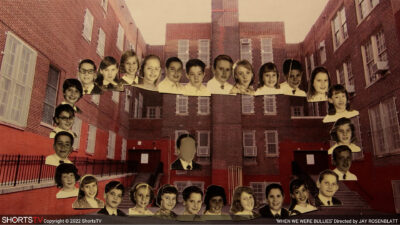In celebration of the 60th anniversary of that landmark year at American movie houses, 1962, Laemmle Theatres and the Anniversary Classics Abroad Series present anniversary screenings of François Truffaut’s masterpiece, JULES AND JIM. The film will play for one night only on Wednesday, April 13 at 7:00 PM at four Laemmle locations: West Los Angeles, Santa Clarita, Pasadena, and Glendale.
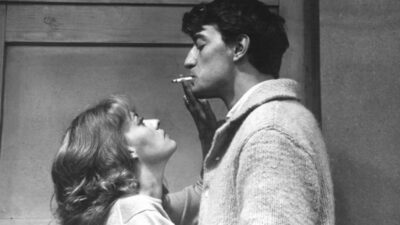
Truffaut, riding the crest of the international New Wave of the late 1950s and early 1960s, was in the initial stage of his storied filmmaking career when he adapted Henri Pierre Roche’s autobiographical novel of obsessive love. JULES AND JIM, only his third film, remains to many his greatest achievement. The story follows the friendship of Jules (Oskar Werner) an Austrian writer, and the more extroverted Frenchman Jim (Henri Serre), who meet in Paris in 1912 just before the outbreak of the First World War. Although they fight on opposite sides, they resume their “bromance” devotion to each other after the conflict. They had both pursued the enigmatic Catherine (Jeanne Moreau), a free spirit who marries Jules and moves with him to Germany, where Jim eventually joins them, and they form a menage-a-trois. Over the course of twenty years, Catherine’s independent nature cannot be bound by either marriage or motherhood, and her impulses ultimately become destructive.
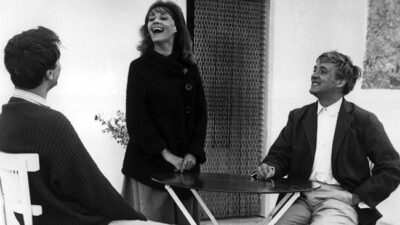
JULES AND JIM is Truffaut’s celebration of both love and cinema, reflected by his use of an arsenal of cinematic techniques. This technical experimentation mirrors the unconventionality of the bohemian characters in the first decades of the twentieth century. Critics of the day embraced his vision, with Andrew Sarris extolling the film as “that rarity of rarities, a genuinely romantic film…expresses a brutal vision of love as a private war fought apart from the rules and regulations of society.” Pauline Kael exuded further praise, “Elliptical, full of wit and radiance, this is the best movie ever made about what most of us think of as the Scott Fitzgerald period.” And one of Truffaut’s heroes, director Jean Renoir, wrote to Truffaut “I wanted to tell you JULES AND JIM seems to be the most accurate expression of contemporary French society.”
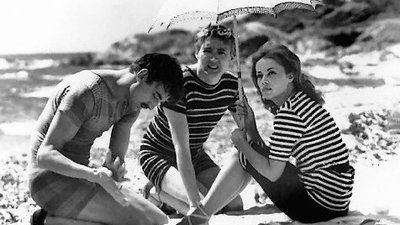
The film’s critical and box-office success not only enhanced Truffaut’s reputation as an emerging master of cinema, but also prompted the release of his second film, SHOOT THE PIANO PLAYER (1960) which finally reached the United States in 1962. The two films, along with efforts by international auteurs like Kurosawa, Bunuel, Bergman, Antonioni, Fellini, and numerous others contributed to an overseas tidal wave that inundated American screens that year, the apex of the Golden Age of the Arthouse. Additionally, the dazzling performance of Jeanne Moreau in JULES AND JIM showcased the depth of female characterization in European films that was seldom matched by Hollywood’s output in that era. As Roger Ebert later wrote, JULES AND JIM is “perhaps the most influential and arguably the best of those first astonishing films that broke with the past. There is joy in the filmmaking that feels fresh today and felt audacious at the time.”

